A cell’s metabolic program provides insight into its fitness and function.


Humanity is a type 0 civilization. Here’s what types 1, 2, and 3 look like, according to physicist Michio Kaku.
Is anybody out there? Renowned physicist Michio Kaku discusses we could identify and categorize advanced extraterrestrial civilizations.
According to Kaku, while recognizing intelligence in space is challenging, Quantum computers may be able to help sift through data for signals of intelligence, similarly to how we analyze patterns in dolphin communication.
Go Deeper with Big Think:
►Become a Big Think Member.
Get exclusive access to full interviews, early access to new releases, Big Think merch and more. https://members.bigthink.com/?utm_source=youtube&utm_medium=…escription.
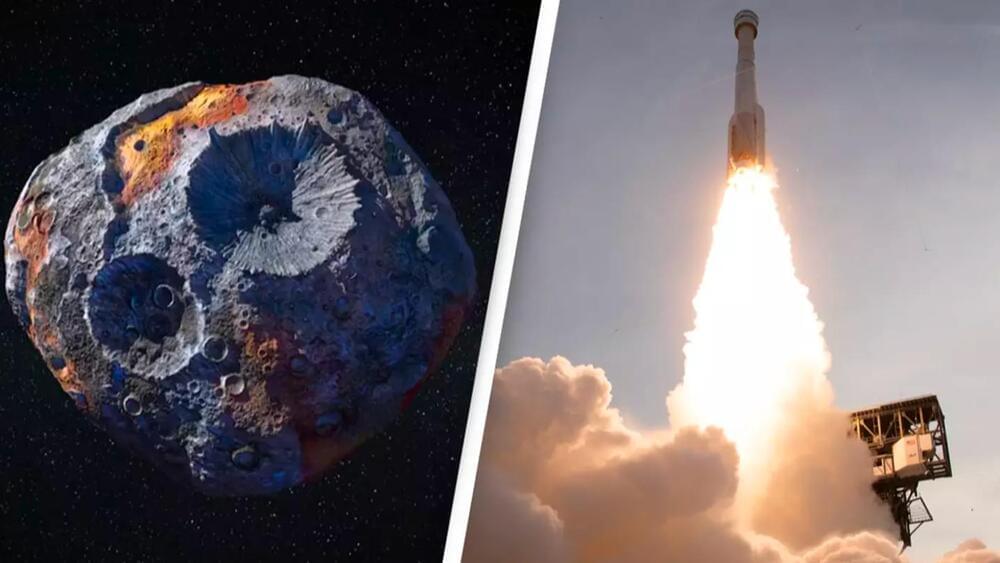
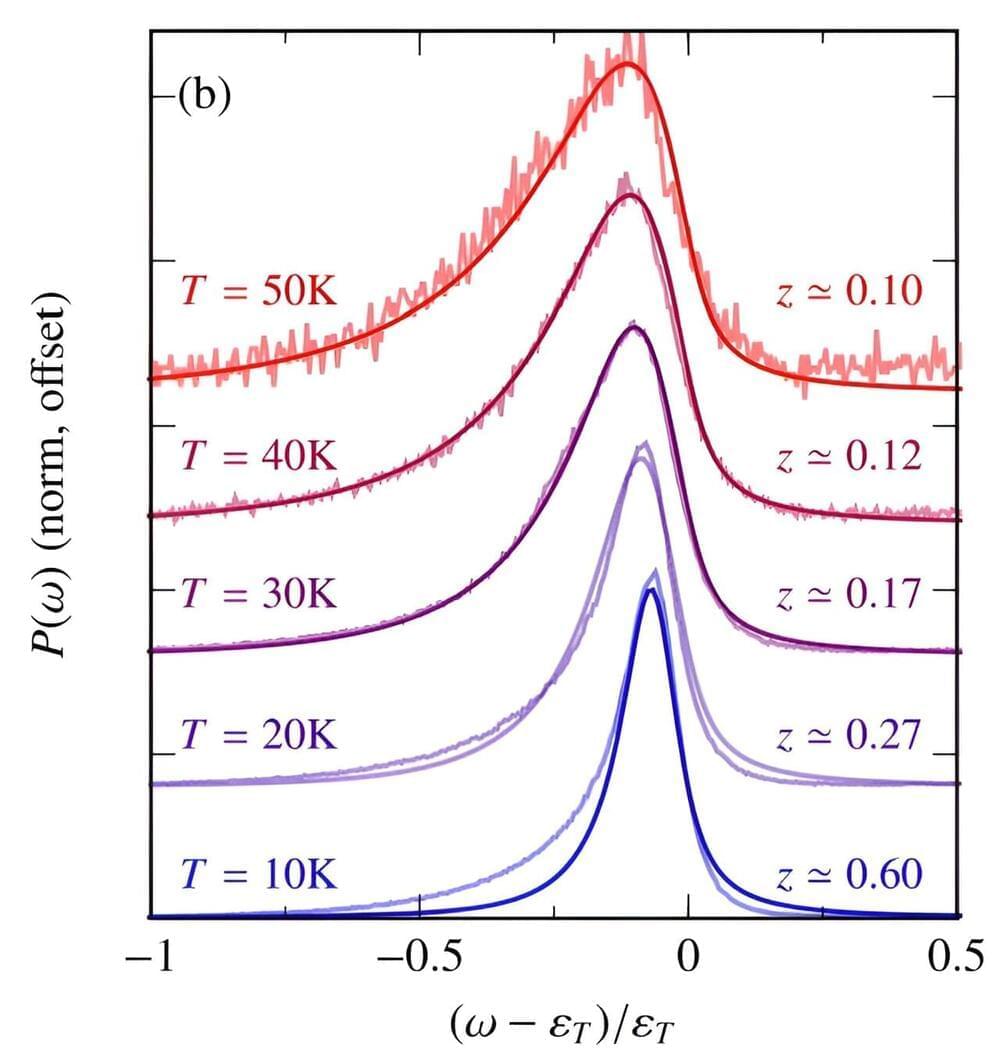
Researchers from Monash University have unlocked fresh insights into the behavior of quantum impurities within materials.
The new, international theoretical study introduces a novel approach known as the “quantum virial expansion,” offering a powerful tool to uncover the complex quantum interactions in two-dimensional semiconductors.
This breakthrough holds potential to reshape our understanding of complex quantum systems and unlock exciting future applications utilizing novel 2D materials.
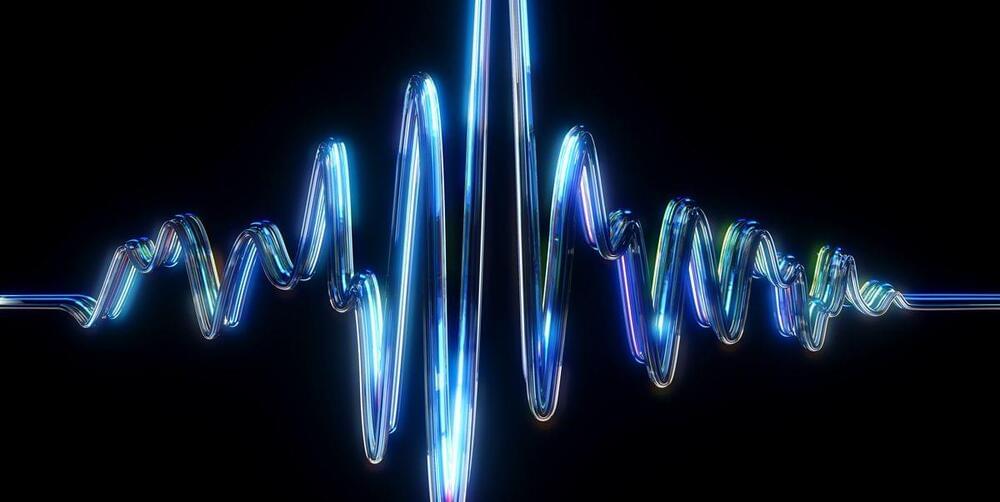
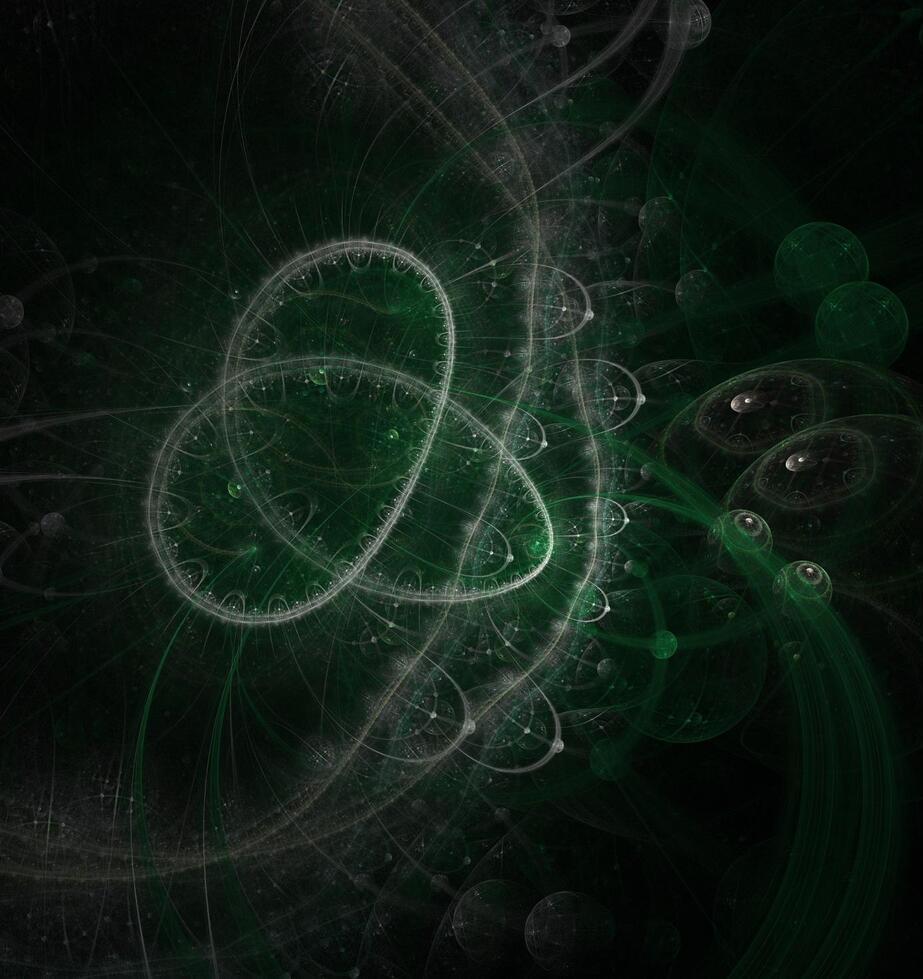
Conservation laws are central to our understanding of the universe, and now scientists have expanded our understanding of these laws in quantum mechanics.
A conservation law in physics describes the preservation of certain quantities or properties in isolated physical systems over time, such as mass-energy, momentum, and electric charge.
Conservation laws are fundamental to our understanding of the universe because they define the processes that can or cannot occur in nature. For example, the conservation of momentum reveals that within a closed system, the sum of all momenta remains unchanged before and after an event, such as a collision.

Engineers at Aalto University have developed an improved method for long-distance wireless charging. By enhancing the interaction between transmitting and receiving antennas and leveraging the “radiation suppression” phenomenon, they’ve deepened our theoretical understanding of wireless power transfer beyond the traditional inductive methods, a significant advancement in the field.
Charging over short distances, such as through induction pads, uses magnetic near fields to transfer power with high efficiency, but at longer distances the efficiency dramatically drops. New research shows that this high efficiency can be sustained over long distances by suppressing the radiation resistance of the loop antennas that are sending and receiving power.
What is the impact of treatment interruptions during courses of adjuvant radiation therapy for breast cancer?
The impact of treatment interruptions during courses of adjuvant radiation therapy for breast cancer has not been investigated. To address this issue, investigators conducted a study of 35,845 triple-negative breast cancer (TNBC) patients in the National Cancer Database who received external beam radiation and had overall survival (OS) of at least 12 months. Among these patients, 76% had grade III–IV disease and 68% had N0 cancer.
Multivariable Cox proportional hazard models were used to determine the association between interrupted treatment days and OS. The number of interrupted treatment days was defined as the total number of days from the start to the end of treatment minus the number of expected days of treatment. OS was defined as the time between the date of diagnosis and the date of death.
As the number of interrupted treatment days increased, OS progressively worsened. Compared with 0–1 interrupted treatment days, hazard ratios for poorer OS were 1.069 for 2–5 interrupted treatment days, 1.239 for 6–10 interrupted treatment days, and 1.265 for 11–15 interrupted treatment days. Other factors significantly associated with poorer OS were Black versus white race (HR, 1.278), other nonwhite versus white race (HR, 1.337), grade III–IV versus grade I disease (HR, 1.743), and stage N1–N3 versus N0 disease (HR, 2.534–4.992).
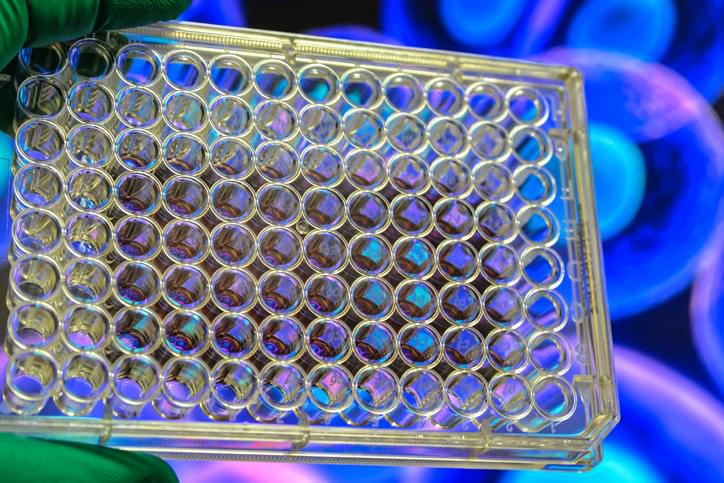
Although many people could benefit from cell therapy, many can’t get it. “The entire industry is focused on ensuring safety while increasing accessibility,” says Evan Zynda, PhD, senior staff scientist at Thermo Fisher Scientific. “When it comes to developing and manufacturing cell therapies, the main challenges to these goals are manufacturing inefficiencies, complex and manual processes that require human intervention and introduce failure modes, and a lack of standardized workflows for manufacturing, especially as emerging modalities are still being defined.”
In fact, making a cell therapy is extremely complicated. “We estimate the cell therapy–manufacturing process may have upwards of 40 process steps, which is not only labor intensive but creates opportunities for errors and contamination that lead to failures,” Zynda says. “By aseptically closing and automating the manufacturing process, we’re reducing the need for the highly specialized labor required to produce these therapies, thereby eliminating touchpoints, reducing expenses, and ultimately increasing the reproducibility and predictability of the process.”
